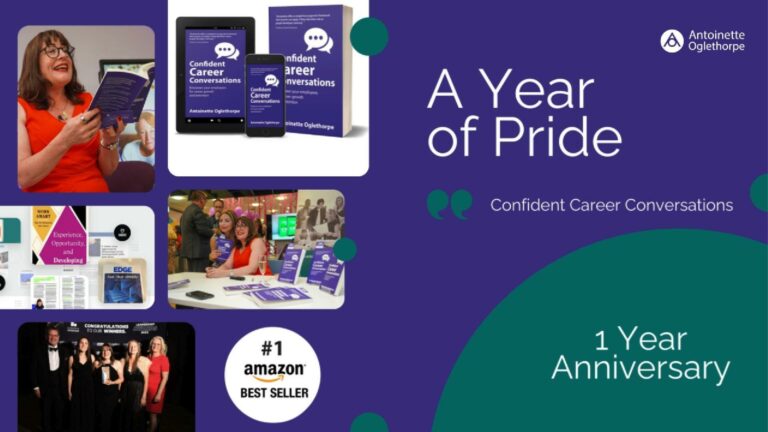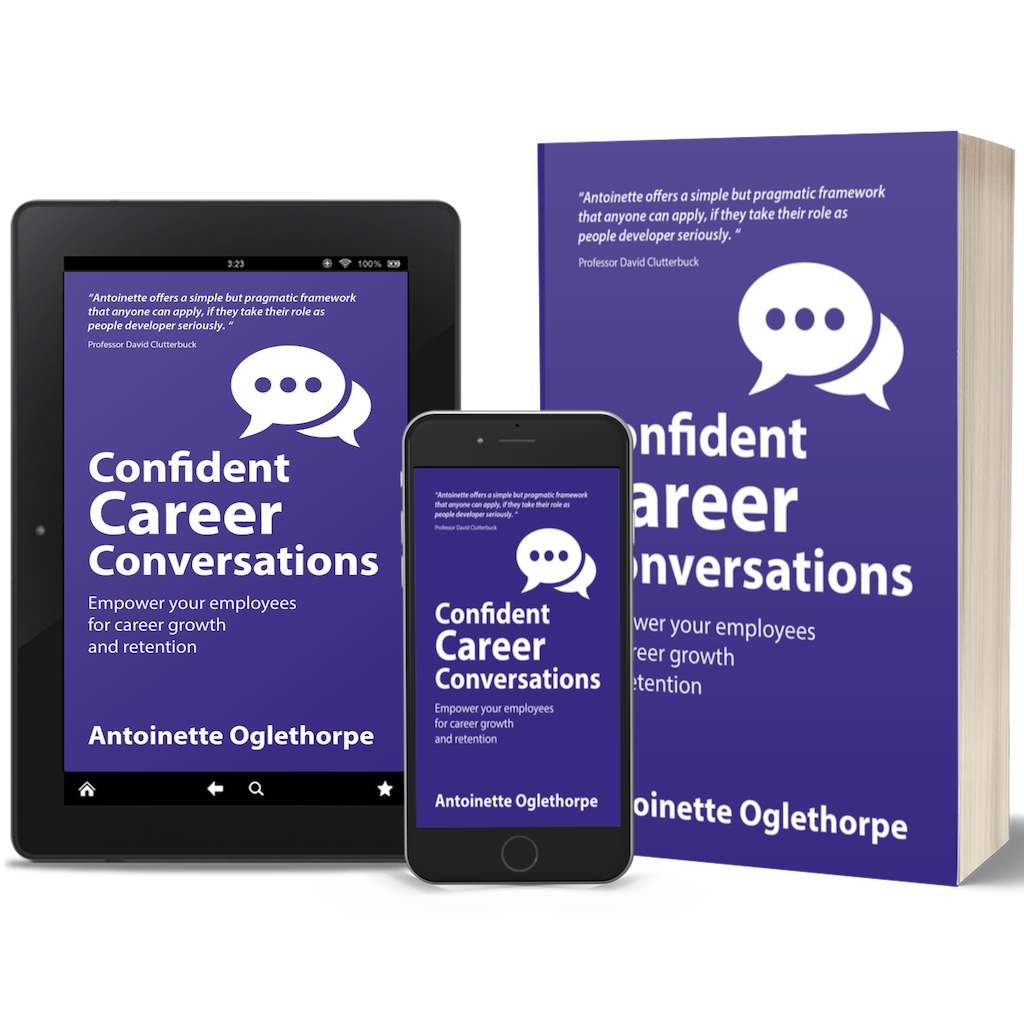Leadership development and career management aren’t working.
Well that’s the conclusion of the Corporate Executive Board (CB) anyway. In their paper, “The New Path Forward”, they highlight the improvements needed for both organisations or employees. They describe a chasm between what employees are looking for from their careers and the support they are getting from managers. On top of that are conflicts with the messages they are getting from their organisations.
This creates three key challenges (the 3Cs)
Capacity – You don’t have enough leaders at all levels of the organisation. And you’re in danger of losing your best people, because they’re not being developed.
Capability – You have talented people with high potential for more. But they lack experience of operating at a higher level and don’t have the skills and confidence needed to grow the organisation.
Culture – You don’t have a strong culture of growth and development through the organisation.
As a result, three-quarters of HR professionals worry they won’t have the internal capabilities they need in the next three to five years. This will hinder organisations’ abilities to innovate, grow and execute their business strategy.
At the same time, 70% of employees are dissatisfied with future career opportunities at their organisation. CEB’s research says that, “Lack of career opportunities or lack of perceived career opportunities is the primary driver of attrition even above compensation and people management.”. Once upon a time, we said that employees leave organisations because of their managers. It seems that is no longer the case. Now, they leave because of their careers. That shouldn’t be a surprise. After all, meaningfulness of work and the fit between a person and their job are two of the key drivers of engagement at work.
In the face of this, there are three traditional approaches to career development that need to change. The first is the way we design careers.
The Way We Design Careers
The traditional approach to career development designs careers around jobs and positions. A traditional career path shows a series of roles linked in a linear fashion, with the focus on the destination. There is an implicit promise of ongoing progression and promotion. Typically, the career path is a vertical one, and it relies on moving from role to role. So, it stands to reason, employees expect that that is how their careers will develop.
This progression is unrealistic in today’s environment. These days, organisation structures are flatter and there’s less opportunity for that progression. Those linear career paths don’t fit the agile organisations that we are working in. They are too inflexible in the face of constant change. In some fast-growing organisations, linear job-focused career paths become outdated almost immediately.
And despite large investments, most employees find traditional career paths fairly unhelpful. Only about a third of employees say they understand the organisation’s opportunities and needs.
To grow employees with the organisation, we need to design careers around experiences rather than jobs and positions. Careers designed around experiences emphasise the path as much as the destination. They do not show progress as a linear, largely vertical movement. Instead, they emphasise the importance of gaining key experiences to build necessary capabilities.
Experience-based careers ensure employees receive the guidance to grow with the organisation. They become less frustrated about lack of progression and more prepared when taking on bigger roles.
The Way We Define Progression
The second shift we need to make is the way we define progression. Traditionally, employees define career progression as job titles, grades and pay rises. Unsurprisingly, their career satisfaction increases the more they see opportunity for those things.
But most organisations can’t offer the same opportunities for upward progression as they used to. Flatter organisation structures mean there are fewer opportunities for promotion and upward progression. In a lot of organisations it is more difficult to get promoted today than it was five years ago.
Instead of defining progression through job titles, grades and promotions, we need to focus on employability. Employability is an employee’s capabilities, skills, knowledge, experiences, achievements and personal attributes. All the elements that make him or her more valuable to an employer – and thus more likely to gain employment and achieve success in his or her career. Employability creates a higher-quality workforce. It’s valuable for the organisation because they can have more flexibility resourcing business needs. At the same time, it increases employee career satisfaction. They’re more satisfied because they’re enhancing their experience and adding to their skill set.
The Way We Manage and Develop People
The third shift we need to make is the way we manage and develop people. The traditional approach to career development assumes movement into a new role in their current function or department. Employees move up the ladder as vacancies arise. There is little cross-functional movement. With flatter structures and fast-growth, organisations can no longer support that model. So, employees perceive there are limited opportunities for development.
But perceptions and reality do not align when it comes to internal job opportunities.
The reality is that opportunities exist across organisations. It’s just that employees can’t see them, because they are outside of their immediate team or function.
Instead of managing and developing people in silos, organisations need to take a more collective view. They need to help employees build and grow their capabilities in their current role. They also need to plan lateral and vertical moves within and across functions. These moves should be based on growth opportunities and business needs.
So, there you have it. Three big trends that are changing the face of career development in organisations. They highlight that career development in organisations isn’t just about tactical skills building. That is one part of it but as part of a wider cultural change agenda. And what an exciting agenda it is!
Our Career Conversations Programmes have been shortlisted for a Career Development Award in the category of Innovative and Impactful Employer Engagement Activity.
Find out how we can help you change career development planning in your organisation.



